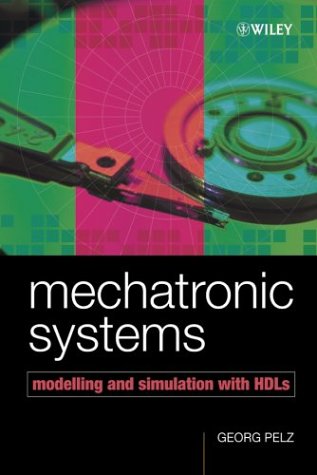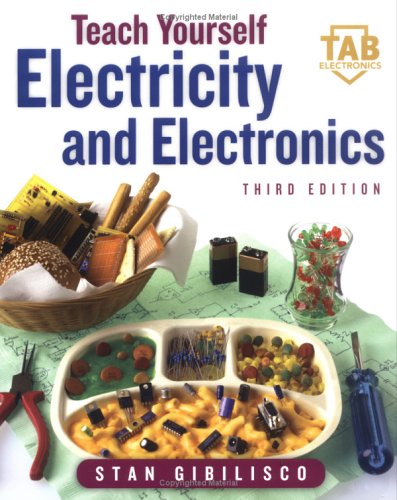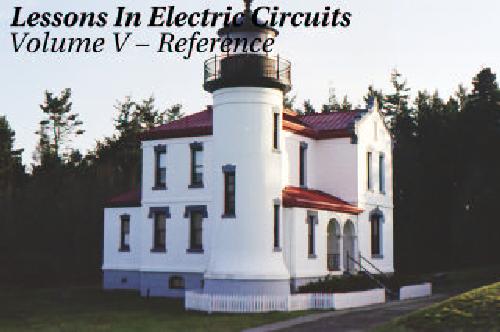Georg Pelz0470849797, 9780470849798, 9780470864807
Table of contents :
Cover……Page 1
Contents……Page 6
Preface……Page 12
1.1 Introduction……Page 14
2.1 Introduction……Page 18
2.2 Model Categories……Page 21
2.3.2 Bottom-up design……Page 22
2.3.3 Top-down design……Page 23
2.3.5 Modelling for the specification……Page 25
2.3.6 Modelling for the design……Page 26
2.4.1 Introduction……Page 27
2.4.2 Structural modelling……Page 29
2.4.3 Physical modelling……Page 31
2.4.4 Experimental modelling……Page 33
2.5.2 Model verification……Page 37
2.5.3 Model validation……Page 40
2.6 Model Simplification……Page 45
2.7.2 Circuit simulation……Page 46
2.7.3 Logic simulation……Page 47
2.7.4 Multibody simulation……Page 48
2.7.7 Software simulation……Page 49
2.8 Summary……Page 50
3.1 Introduction……Page 52
3.2.1 Introduction……Page 53
3.2.2 Analogies……Page 54
3.2.3 Limits of the analogies……Page 56
3.2.4 Differences between electronics and mechanics……Page 57
3.3.2 Circuit simulation……Page 58
3.3.3 Logic/Petri net simulation……Page 60
3.3.4 Multibody simulation……Page 63
3.3.6 Evaluation of the model transformation……Page 64
3.4.1 Bond graphs……Page 65
3.4.2 Block diagrams……Page 67
3.4.3 Modelling languages for physical systems……Page 68
3.4.4 Evaluation of domain-independent description forms……Page 70
3.5.2 Simulator backplane……Page 71
3.5.3 Examples of the simulator coupling……Page 73
3.6 Summary……Page 75
4.1 Introduction……Page 76
4.2.2 Validation of specifications and verification of designs……Page 78
4.3 Characterisation of Hardware Description Languages……Page 79
4.4 Languages……Page 81
4.5.1 Introduction……Page 82
4.5.2 Structural and behaviour-oriented modelling……Page 83
4.5.3 Digital modelling……Page 84
4.5.4 Analogue modelling……Page 87
4.6 Simulation of Models in Hardware Description Languages……Page 92
4.7 Summary……Page 94
5.1 Introduction……Page 96
5.3 Co-simulation by Software Interpretation……Page 98
5.4.1 Introduction……Page 101
5.4.2 Software representation……Page 102
5.4.3 Synchronisation……Page 103
5.4.4 Example of software modelling……Page 105
5.5 Summary……Page 111
6.1 Introduction……Page 112
6.2.1 Introduction……Page 113
6.2.2 System-oriented modelling……Page 117
6.2.3 Object-oriented modelling……Page 121
6.2.4 Example: wheel suspension……Page 124
6.2.5 Further applications……Page 126
6.3.1 Introduction……Page 128
6.3.2 Structural modelling……Page 129
6.3.3 Physical modelling……Page 138
6.3.4 Experimental modelling……Page 143
6.4 Summary……Page 145
7.1 Modelling of Mechatronic Systems……Page 148
7.2.1 System description……Page 149
7.2.2 Modelling of software……Page 151
7.2.3 Modelling of mechanics……Page 152
7.2.4 Simulation……Page 153
7.3.1 System description……Page 156
7.3.2 Modelling……Page 158
7.3.3 Simulation……Page 160
7.4.3 Modelling……Page 161
7.5.1 Introduction……Page 165
7.5.2 The disk drive……Page 166
7.5.3 Circuit development for disk drives……Page 167
7.5.4 The virtual disk drive……Page 170
7.5.5 System modelling……Page 171
7.5.6 Simulation and results……Page 172
7.5.7 Conclusion……Page 173
7.6 Summary……Page 174
8.1.1 Introduction……Page 176
8.1.2 Component design……Page 177
8.1.3 System design……Page 178
8.2.1 System description……Page 179
8.2.2 Modelling……Page 181
8.2.3 Simulation……Page 189
8.3 Demonstrator 6: Micromirror……Page 195
8.3.2 Modelling……Page 196
8.4 Summary……Page 199
9 Summary and Outlook……Page 200
Literature……Page 202
Symbols……Page 230
Registered Trademarks……Page 233
Index……Page 234







Reviews
There are no reviews yet.